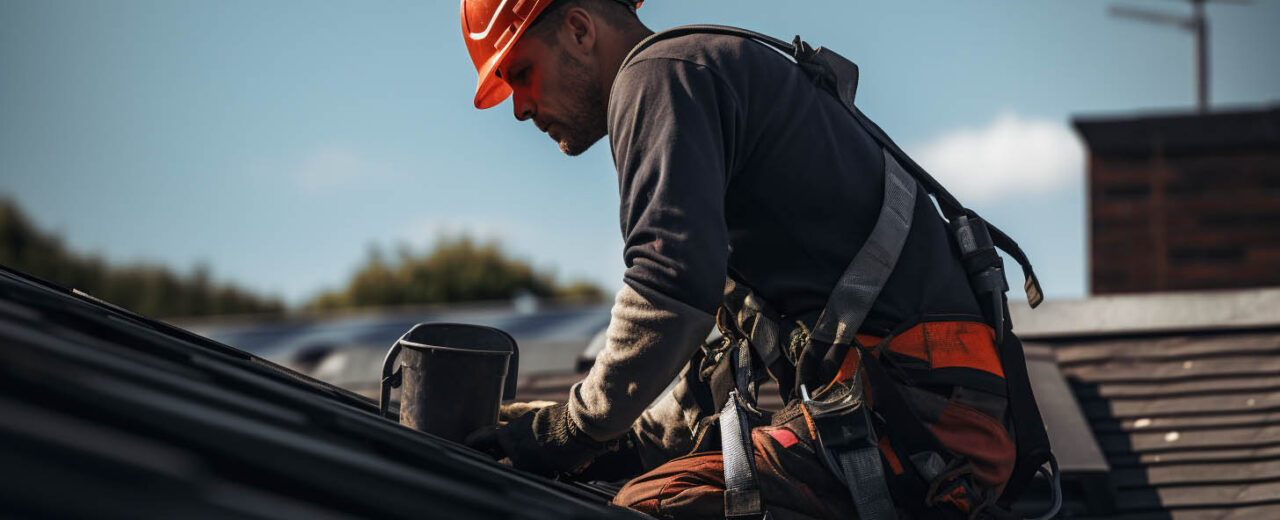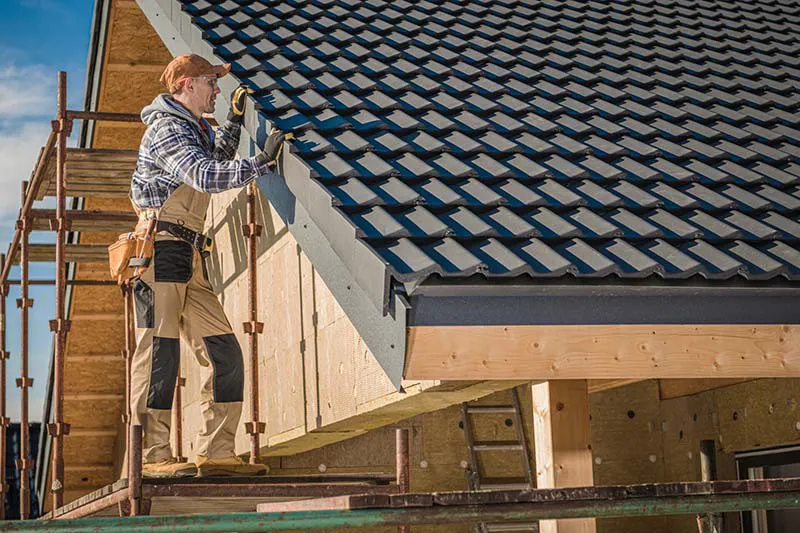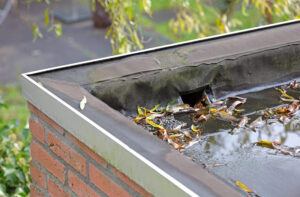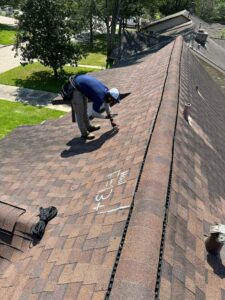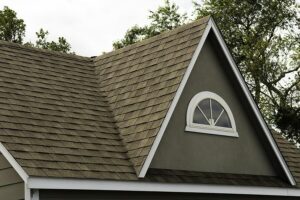Roofs are an integral part of any structure, providing protection from the elements and contributing to the overall aesthetic appeal of a building. However, when it comes to inspecting or repairing a roof, safety should always be the top priority. Here’s a comprehensive guide to understanding the weight-bearing capacity of roofs and ensuring safety during inspections.
Understanding Roof Weight Capacity
Roofs are engineered to support both live loads (temporary weights like snow or workers) and dead loads (permanent weights like shingles or tiles). The weight a roof can bear depends on its construction materials and design integrity.
- Shingled Roofs: Typically, these can support around 15 pounds per square foot. This means that every 100 square feet of a shingled roof can hold approximately 1500 pounds.
- Metal and Clay Tiles: These are sturdier and can support up to 27 pounds per square foot.
However, it’s essential to remember that roofs already bear the weight of their materials. For instance, shingles can weigh up to 80 pounds per bundle, and it might take three bundles to cover 100 square feet. This means that the roof is already supporting 240 pounds of weight for that area.
Signs Your Roof Might Not Support Your Weight
- Sagging Roofs: A sagging roof is a clear indication of structural instability. If you notice any uneven surfaces or discoloration, it’s best to avoid walking on that part of the roof.
- Cracks Inside and Outside the Home: Cracks in walls, ceilings, or floors can indicate foundational issues, which can also affect the roof’s structural integrity.
- Roof Leaks: A leaking roof is a sign of weakness. Before walking on a roof, ensure that there are no cracks or damages that could lead to leaks.
- Unusual Sounds: If you hear cracking, squeaking, or groaning sounds when walking on the roof, it might indicate structural issues.
- Recent Harsh Weather: Storms, high winds, and hail can weaken a roof. After such events, exercise caution and inspect the roof for visible damages.
Precautions When Walking on Roofs
While roofs can support the weight of individuals, unnecessary walking can degrade the roofing materials. To ensure safety:
- Wear rubber-soled boots for better traction.
- Walk softly and deliberately.
- Visually inspect the roof for damages before stepping on it.
- Avoid areas with loose granules, torn shingles, or cracked tiles.
Cleaning Your Roof: Is It Safe?
Sweeping or brushing a roof can be beneficial, especially after heavy snowfall or storms. However, it’s crucial to use tools specifically designed for roof cleaning to avoid causing damage.
Navigating Ceiling Joists
If you need to access an attic, always tread carefully on ceiling joists. These joists can support your weight, but walking on them can be tricky, especially if covered in insulation. It’s safer to crawl across them and use a light source to ensure clear visibility.
A Message from The Roofing Center
At The Roofing Center, we prioritize the safety and well-being of our clients. If you’re unsure about your roof’s condition or need professional assistance, don’t hesitate to reach out. As one of the leading Fort Collins roofing companies, we offer comprehensive roofing services in Fort Collins CO, ensuring that your roof remains in optimal condition. Remember, it’s always better to rely on a professional roofer from Fort Collins than to risk potential damage or injury. Trust The Roofing Center for all your roofing needs.
>

